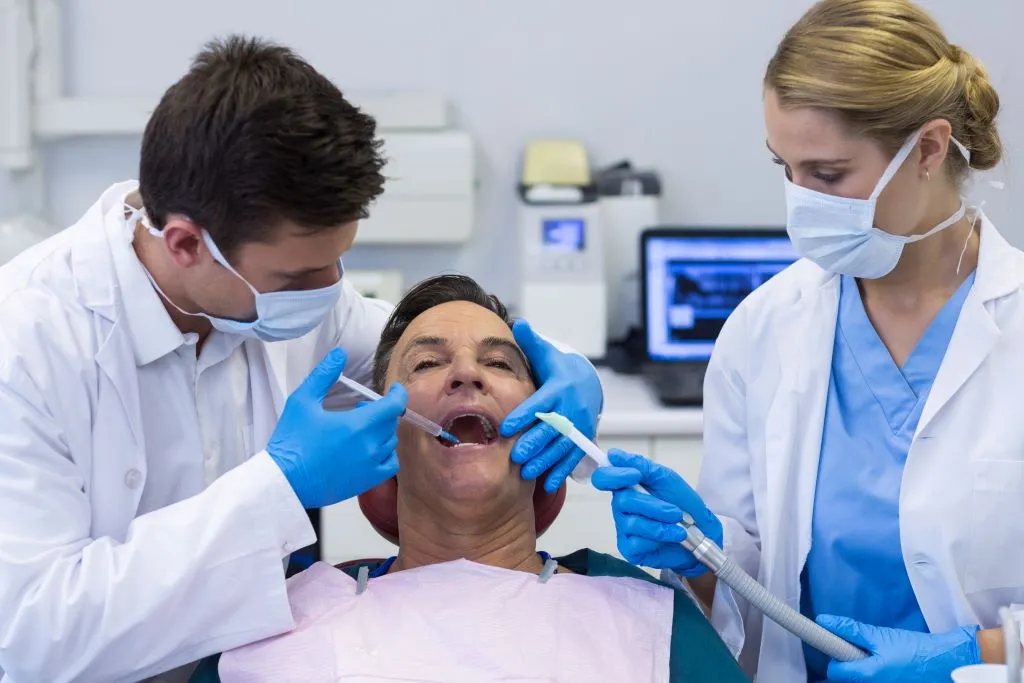
Anesthesia Dentist
Many people experience anxiety or fear when it comes to dental treatment. Dental sedation, also known as anesthesia dentist, offers a solution for patients who struggle with dental phobias or medical conditions that make dental procedures challenging.
Importance of Sedation Dentistry
Sedation dentistry is crucial for ensuring that patients receive the dental care they need without experiencing unnecessary stress or discomfort. It can help individuals with dental anxiety or medical conditions such as developmental disabilities or involuntary movements that may impede dental treatment.
Types of Sedation
Dental sedation comes in various forms, including:
- Minimal Sedation: Patients remain awake but relaxed during the procedure.
- Moderate Sedation: Also known as conscious sedation, patients may slur their words and not remember much of the procedure.
- Deep Sedation: Patients are on the edge of consciousness but can still be awakened.
Each type of sedation offers different levels of relaxation, allowing dental professionals to tailor the sedation approach to the patient’s specific needs.
Levels of Sedation
Sedation levels range from minimal to deep, with varying degrees of consciousness and responsiveness:
- Minimal Sedation: Patients are awake but relaxed.
- Moderate Sedation: Patients may drift in and out of consciousness but can respond to verbal commands.
- Deep Sedation: Patients are on the brink of unconsciousness but can still be awakened.
The choice of sedation level depends on factors such as the complexity of the procedure and the patient’s medical history.
Side Effects
While dental sedation is generally safe, there are potential side effects, including:
- Drowsiness
- Nausea or vomiting
- Headache
- Dry mouth
- Temporary memory loss
These side effects are typically mild and transient, but patients should be informed about them before undergoing sedation.
Special Precautions
Both patients and dental professionals should take special precautions when opting for dental sedation. Patients should provide a comprehensive medical history and follow pre-sedation instructions, such as fasting before the procedure. Dental professionals should undergo specialized training in sedation techniques and equipment maintenance to ensure patient safety.
Risks
Although rare, there are potential risks associated with dental sedation, such as allergic reactions, respiratory depression, or cardiovascular complications. However, these risks can be minimized through proper patient assessment, monitoring, and emergency preparedness.
In conclusion, dental sedation plays a vital role in alleviating anxiety and discomfort during dental procedures, allowing patients to receive necessary treatment with ease. By understanding the types, levels, safety precautions, and potential risks of dental sedation, both patients and dental professionals can ensure a positive and stress-free dental experience.




